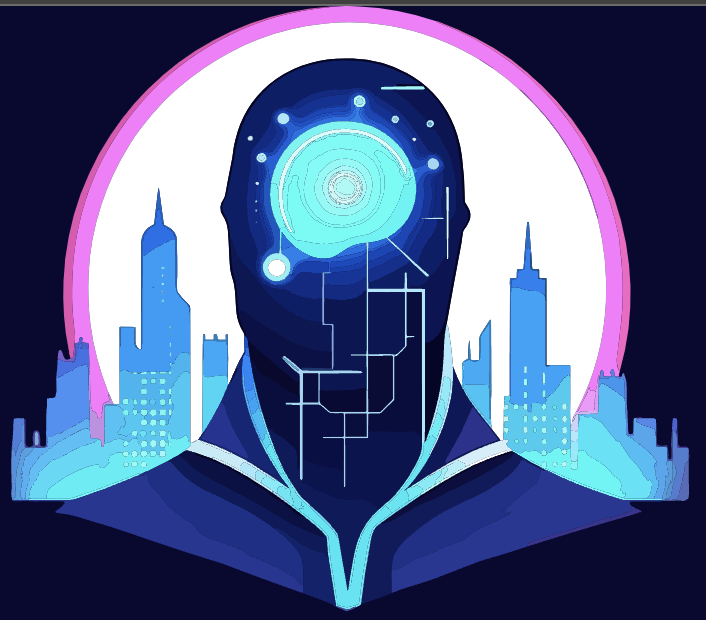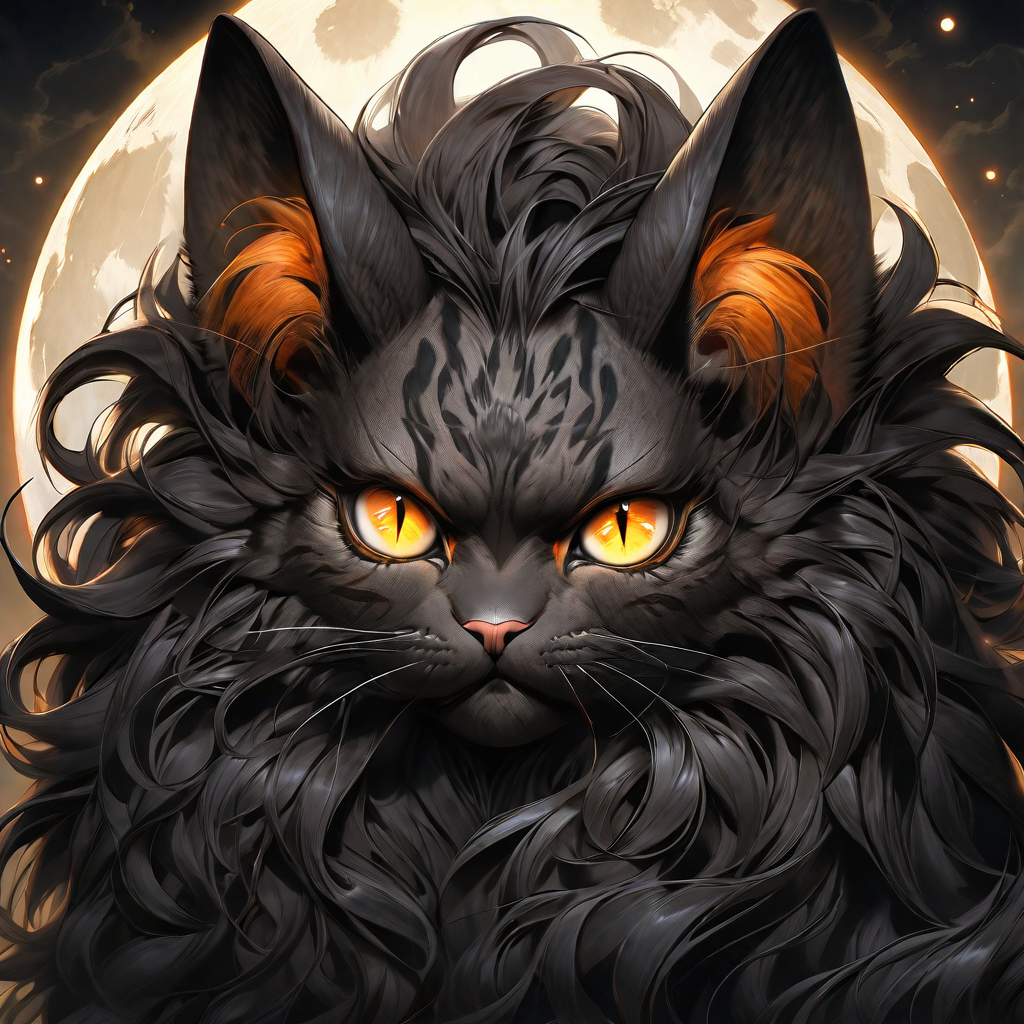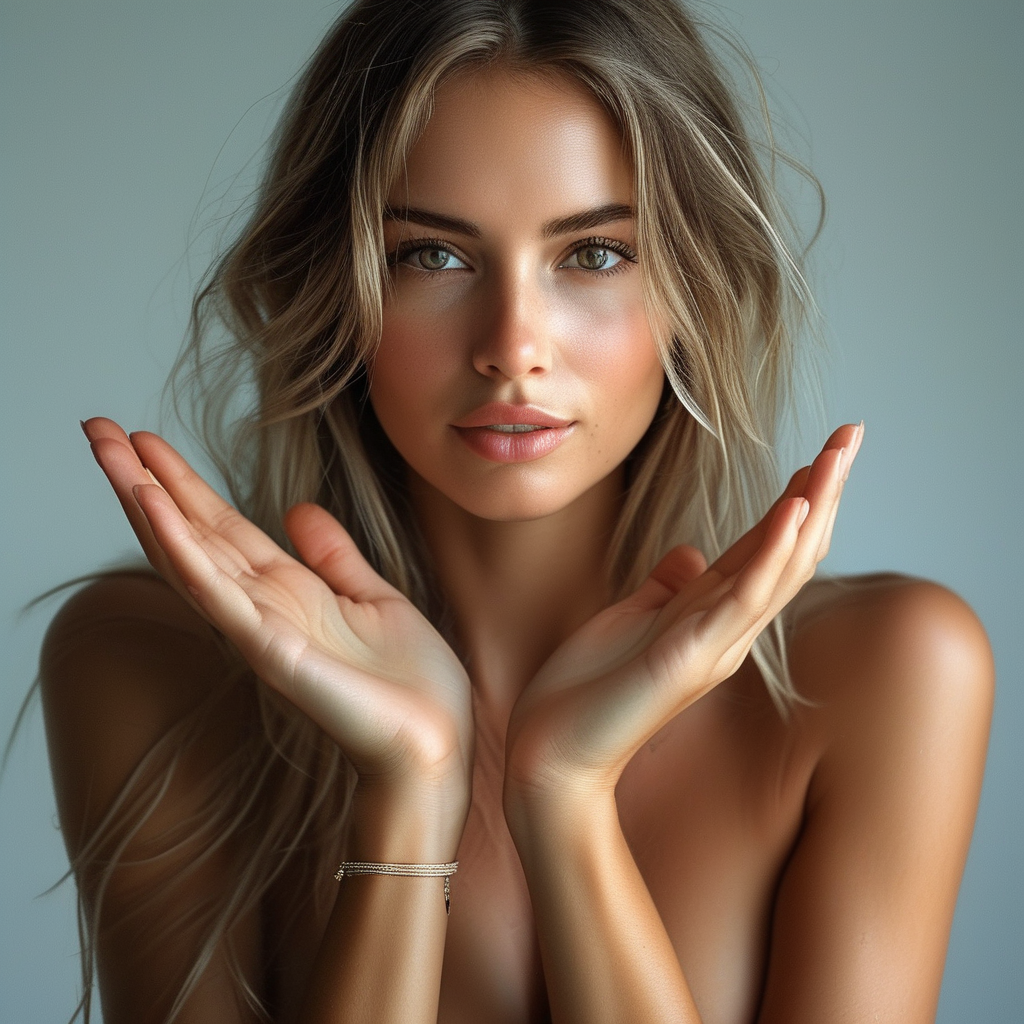blend-images
Maintainer: charlesmccarthy

74

| Property | Value |
|---|---|
| Run this model | Run on Replicate |
| API spec | View on Replicate |
| Github link | No Github link provided |
| Paper link | No paper link provided |
Create account to get full access
Model overview
blend-images is a high-quality image blending model developed by charlesmccarthy using the Kandinsky 2.2 blending pipeline. It is similar to other text-to-image models like [object Object], [object Object], and [object Object], which are also created by the FullJourney.AI team. However, blend-images is specifically focused on blending two input images based on a user prompt.
Model inputs and outputs
The blend-images model takes three inputs: two images and a user prompt. The output is a single blended image that combines the two input images according to the prompt.
Inputs
- image1: The first input image
- image2: The second input image
- prompt: A text prompt that describes how the two images should be blended
Outputs
- Output: The blended output image
Capabilities
blend-images can create high-quality image blends by combining two input images in creative and visually striking ways. It uses the Kandinsky 2.2 blending pipeline to generate the output, which results in natural-looking and harmonious compositions.
What can I use it for?
The blend-images model could be used for a variety of creative and artistic applications, such as:
- Generating photomontages or collages
- Combining multiple images into a single, cohesive visual
- Exploring surreal or dreamlike image compositions
- Creating unique visual assets for graphic design, advertising, or media productions
By providing two input images and a descriptive prompt, you can use blend-images to produce compelling and visually striking blended images.
Things to try
Some ideas to experiment with blend-images include:
- Blending landscape and portrait images to create a hybrid composition
- Combining abstract and realistic elements to generate a surreal visual
- Exploring different prompts to see how they affect the blending process and output
- Using the model to create visuals for a specific narrative or creative concept
The flexibility of blend-images allows for a wide range of creative possibilities, so don't be afraid to try different combinations of inputs and prompts to see what unique and compelling results you can achieve.
This summary was produced with help from an AI and may contain inaccuracies - check out the links to read the original source documents!
Related Models

kandinsky_v2_2

36
The kandinsky_v2_2 model is a text-to-image generation AI model developed by the team at adalab-ai. It is an advanced version of the popular kandinsky-2.2 model, which is a multilingual text-to-image latent diffusion model. The kandinsky_v2_2 model builds upon this foundation, incorporating new techniques and capabilities to generate even more compelling and visually-rich images from text prompts. Model inputs and outputs The kandinsky_v2_2 model takes a variety of inputs, including a text prompt, an optional input image, and various parameters to control the generation process. Outputs are one or more generated images that match the provided prompt. Inputs Prompt**: The text description of the desired image Image**: An optional input image to guide the generation process Width/Height**: The desired dimensions of the output image Num Outputs**: The number of images to generate Guidance Scale**: Controls the influence of the text prompt on the generated image Negative Prompt**: Specify things the model should not include in the output Outputs Generated Images**: One or more images matching the provided prompt Capabilities The kandinsky_v2_2 model excels at generating highly detailed and imaginative images from text prompts. It can create surreal, fantastical scenes, as well as more realistic images of people, objects, and environments. The model's capabilities go beyond simple text-to-image translation, allowing for more complex image manipulation and composition. What can I use it for? The kandinsky_v2_2 model has a wide range of potential applications, including: Creative Ideation**: Use the model to generate unique and inspiring images to kickstart your creative process, whether for art, design, or storytelling. Product Visualization**: Generate images of products, packaging, or prototypes to aid in the design and development process. Illustration and Concept Art**: Create captivating illustrations and concept art for games, films, books, and more. Marketing and Advertising**: Leverage the model's capabilities to generate eye-catching visuals for social media, advertisements, and other marketing materials. Things to try One interesting aspect of the kandinsky_v2_2 model is its ability to blend text and image inputs to produce unique and unexpected results. Try providing the model with a simple text prompt, then gradually introduce visual elements to see how the generated images evolve. Experiment with different combinations of text, images, and generation parameters to unlock the full potential of this versatile model.
Updated Invalid Date

animagine-xl

7
animagine-xl is an advanced latent text-to-image diffusion model designed to create high-resolution, detailed anime images. It was created by Replicate and is an evolution of the original animagine-xl model. Similar anime-themed text-to-image models include animagine-xl-3.1, animate-lcm, openroleplay.ai-animagine-v3, and cog-a1111-ui. Model inputs and outputs animagine-xl takes a text prompt, an optional input image, and a set of parameters to control the output. The model then generates high-quality anime-style images based on the provided input. Outputs are returned as image URLs. Inputs Prompt**: The text prompt describing the desired image Negative Prompt**: Text to avoid in the generated image Image**: An optional input image for img2img or inpaint mode Mask**: An optional input mask for inpaint mode Width/Height**: The desired output image dimensions Num Outputs**: The number of images to generate Scheduler**: The algorithm used to generate the images Guidance Scale**: The scale for classifier-free guidance Prompt Strength**: The strength of the prompt when using img2img or inpaint Num Inference Steps**: The number of denoising steps Apply Watermark**: Whether to apply a watermark to the generated images Disable Safety Checker**: Whether to disable the safety checker Outputs Image URLs**: One or more URLs of the generated anime-style images Capabilities animagine-xl can generate high-quality, detailed anime-style images from text prompts. It excels at creating character designs, scenes, and illustrations in the anime aesthetic. The model can also perform image-to-image tasks like inpainting and can be fine-tuned for specific anime styles or genres. What can I use it for? animagine-xl is well-suited for creating anime-themed artwork, character designs, and illustrations for a variety of applications such as games, movies, comics, and merchandise. It can be used by artists, designers, and hobbyists to quickly generate anime-inspired images to use as starting points or inspiration for their own work. The model can also be fine-tuned on specific datasets to create custom anime styles. Things to try Some interesting things to try with animagine-xl include experimenting with different prompts and prompt engineering techniques to create unique and specific anime-style images, using the inpainting and img2img capabilities to modify existing images, and exploring the model's ability to generate character designs and illustrations in different anime genres and art styles.
Updated Invalid Date

kolors

3.5K
Kolors is a large-scale text-to-image generation model based on latent diffusion, developed by the Kuaishou Kolors team. Trained on billions of text-image pairs, Kolors exhibits significant advantages over both open-source and proprietary models in visual quality, complex semantic accuracy, and text rendering for both Chinese and English characters. Furthermore, Kolors supports both Chinese and English inputs, demonstrating strong performance in understanding and generating Chinese-specific content. Model inputs and outputs Kolors takes a text prompt as input and generates a high-quality, photorealistic image based on that prompt. The model supports a wide range of content, from realistic portraits to fantastical scenes, and can handle complex semantic concepts with impressive accuracy. Inputs Prompt**: The text prompt that describes the desired image. Kolors can understand a variety of prompts in both Chinese and English. Outputs Image**: The generated image that corresponds to the input prompt. The model produces images with a resolution of 1024x1024 pixels by default. Capabilities Kolors shines in its ability to generate high-quality, photorealistic images that faithfully capture the intent of the input prompt. The model can render intricate details, complex scenes, and diverse subject matter with impressive accuracy. For example, Kolors can generate stunning portraits with realistic facial features, as well as imaginative scenes with detailed Chinese elements or futuristic technology. What can I use it for? Kolors can be a powerful tool for a variety of applications, from creative content generation to product visualization. Artists and designers can use the model to quickly generate concept art or explore new ideas. Marketers and e-commerce businesses can leverage Kolors to create high-quality product images or generate custom visuals for their campaigns. Educators and researchers may find the model useful for data augmentation or visual storytelling. Things to try One interesting aspect of Kolors is its ability to handle complex semantic concepts and generate images that go beyond simple object recognition. For example, the model can understand prompts that describe intricate emotions, moods, or artistic styles, and generate images that faithfully capture those nuances. Experimenting with prompts that push the boundaries of the model's understanding can lead to unexpected and fascinating results.
Updated Invalid Date

anima_pencil-xl

1
The anima_pencil-xl model is a powerful text-to-image generation model that combines the capabilities of blue_pencil-XL and ANIMAGINE XL 3.0 / ANIMAGINE XL 3.1, two of the top-ranked models on Civitai. Developed by charlesmccarthy, this model is capable of generating high-quality, detailed anime-style images from text prompts. Model inputs and outputs The anima_pencil-xl model takes a variety of inputs, including the prompt, seed, steps, CFG scale, and scheduler. Users can also specify the width, height, and batch size of the generated images. The model outputs an array of image URLs. Inputs vae**: The Variational AutoEncoder (VAE) to use, with the default set to sdxl-vae-fp16-fix. seed**: The seed used when generating, set to -1 for a random seed. model**: The model to use, with the default set to Anima_Pencil-XL-v4.safetensors. steps**: The number of steps to use when generating, with a default of 35 and a range of 1 to 100. width**: The width of the generated image, with a default of 1184 and a range of 1 to 2048. height**: The height of the generated image, with a default of 864 and a range of 1 to 2048. prompt**: The text prompt used to generate the image. cfg_scale**: The Classifier-Free Guidance (CFG) scale, which defines how much attention the model pays to the prompt, with a default of 7 and a range of 1 to 30. scheduler**: The scheduler to use, with the default set to DPM++ 2M SDE Karras. batch_size**: The number of images to generate, with a default of 1 and a range of 1 to 4. negative_prompt**: The negative prompt, which specifies things the model should avoid generating. guidance_rescale**: The amount to rescale the CFG-generated noise to avoid generating overexposed images, with a default of 0.7 and a range of 0 to 1. Outputs An array of image URLs representing the generated images. Capabilities The anima_pencil-xl model is capable of generating high-quality, detailed anime-style images from text prompts. It can create a wide variety of scenes and characters, from whimsical fantasy landscapes to realistic portraits. The model's ability to combine the strengths of blue_pencil-XL and ANIMAGINE XL 3.0 / ANIMAGINE XL 3.1 makes it a powerful tool for artists, illustrators, and creative professionals. What can I use it for? The anima_pencil-xl model can be used for a variety of applications, such as generating concept art for games or animations, creating custom illustrations for websites or social media, or producing unique images for various marketing and advertising purposes. The model's versatility and high-quality output make it a valuable asset for businesses and individuals looking to create compelling, visually striking content. Things to try One interesting aspect of the anima_pencil-xl model is its ability to generate diverse and unexpected images based on the input prompt. Users can experiment with different prompts, including specific details about characters, settings, and styles, to see how the model responds and what types of images it generates. Additionally, exploring the various input parameters, such as the CFG scale and scheduler, can help users fine-tune the model's output to better suit their needs and preferences.
Updated Invalid Date